What is the 'stargazing' problem that occurs when taking astronomical pictures with a Sony camera?

If you go out into the mountains with little city light and look up at the night sky, you will see so many stars that you can't compare with the city. I want to shoot the brilliant night sky with a camera and keep it at hand forever, but the astronomical photo taken with a Sony camera is 'the star disappears or a hole is created' due to a problem called 'star eclipse' Astronomical enthusiast
Sony Star Eater
http://www.markshelley.co.uk/Astronomy/SonyA7S/sonystareater.html
This is an astronomical photo taken with the Sony α7S without the occurrence of 'star erosion'.
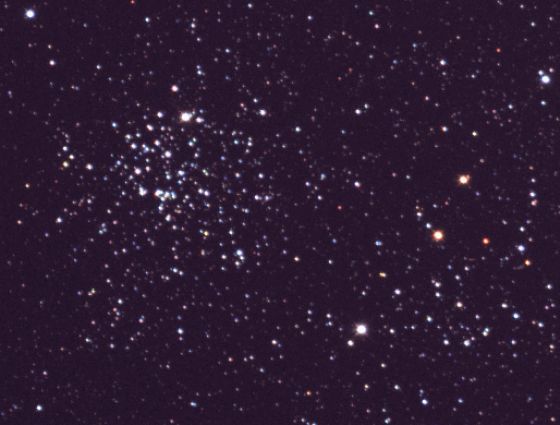
Next, looking at the picture of star eclipse, the brightness and color of the star have changed, and a hole has been formed in the center.
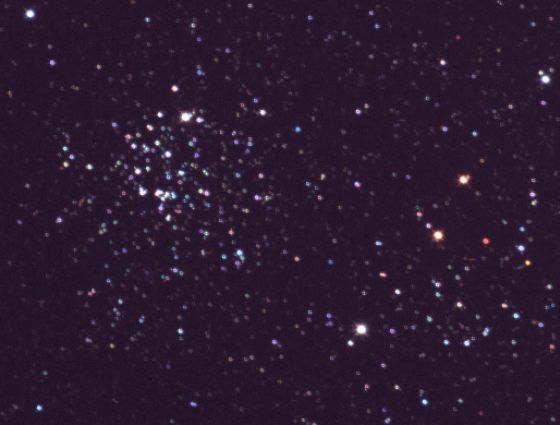
The following images are also taken with the Sony α7S after a long exposure. You can see that there are holes in the stars.

The camera recognizes light on a pixel-by-pixel basis with an image sensor. Pixels that do not function properly, such as being extremely brighter than surrounding pixels, are called hot pixels. Some Sony camera models have an algorithm for removing hot pixels during long exposures , but the celestial body itself may be removed due to a malfunction. This malfunction was called the 'star-eating' problem because the stars disappeared, and was a cause of concern when taking astronomical photos with Sony cameras.
The mechanism of star eclipse is as follows. The camera separates the colors by passing light through red, blue, and green color filters. Here, pay attention to the nine red pixels on the color filter.
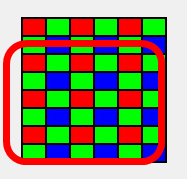
The algorithm installed in Sony cameras adjusts the brightness of the center pixel to the 'maximum brightness of the eight surrounding pixels' when the center pixel is brighter than the surrounding eight pixels. Similar adjustments are made with the blue and green filters.
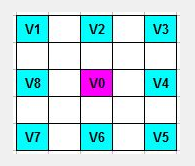
However, when shooting a celestial body in the night sky, the pixels other than the pixels that collect the light of the celestial body are in a dark state. When the algorithm operates in this state, it erases the celestial body according to the brightness of the surrounding darkness...
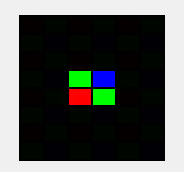
There is a hole only in the center. This is the mechanism of the star eclipse problem.

Star eclipse problem occurred when shooting BULB with Sony's α7, α7R, α7S, α7 II, α7S II, α7R II, α9, α6000 series. In addition, some models have a firmware update that causes star eclipse problems not only for BULB shooting but for exposure shooting of 4 seconds or more. The generation conditions for each model are as follows.
◆ α7, α7R, α7S, α7 II: Occurs only during BULB shooting
◆ α7S II:
・Firmware v1.0: Occurs only during BULB shooting
-Firmware v1.10 to v3.30: Occurs during BULB shooting and exposure shooting for 4 seconds or more
-Firmware v4.00: Occurs during BULB shooting and during exposure shooting for 4 seconds or more. It was reduced in the green sensor part but deteriorated in other colors
◆ α7R II:
・Firmware v1.0: Occurs only during BULB shooting
・Firmware v2.00: unknown
-Firmware v1.10 to v3.30: Occurs during BULB shooting and exposure shooting for 4 seconds or more
-Firmware v4.00: Occurs during BULB shooting and exposure shooting for 4 seconds or more. It was reduced in the green sensor part but deteriorated in other colors. Probably uses algorithm similar to v4.00 of α7S II
◆α9: Occurs during BULB shooting and during exposure shooting for 4 seconds or longer. It was reduced in the green sensor part but deteriorated in other colors. Probably uses algorithm similar to v4.00 of α7S II
◆α6000: Occurs during BULB shooting and during exposure shooting for 4 seconds or more. It was reduced in the green sensor part but deteriorated in other colors. Probably uses an algorithm similar to v4.00 of α7S II.
It is certain that the algorithm causes the star eclipse problem, but whether the effect is worrisome or not depends on the expected value that the photographer wants for astrophotography, the equipment used, the shooting technology, the processing technology, and the method of using the image. It will change. For example, if you have a precise focus on the celestial body, or if you have equipment that can suppress the influence of the earth's rotation by using an equatorial mount , the light of the stars will not be diffused and will be small, so the effect of star eclipse It will be more prominent. Also, when processing high-resolution astrophotography with dedicated software, it is not allowed to leave slight damage to the captured stars, Shelley said.
Related Posts:
in Hardware, Posted by darkhorse_log






